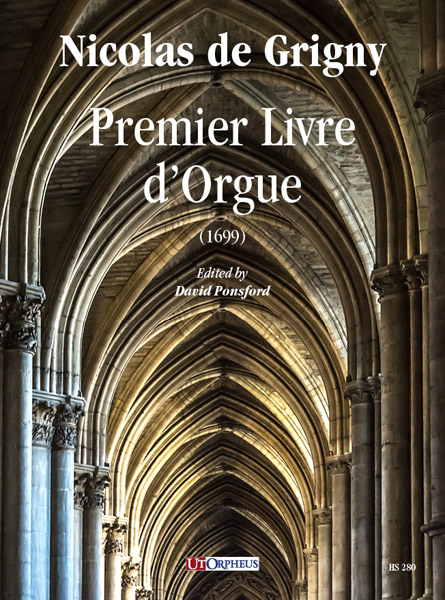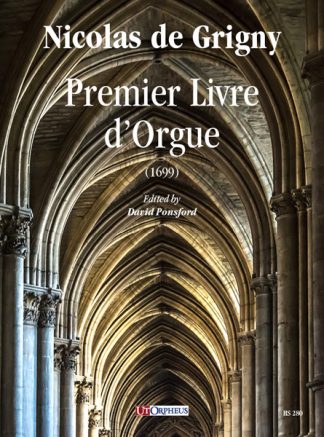Description
Nicolas de Grigny’s Premier livre d’orgue (Paris 1699) represents the summit of musical achievement in organ composition during the French Baroque period. This is revealed by de Grigny’s command of large-scale structures, the prevalence of five-part fugues using the most beautiful tonal colours of the organ, his harmonic language and modulatory schemes that make full use of meantone temperament, the successful incorporation of the latest instrumental and vocal styles into the established genres, the plethora of expressive detail and the sheer scope of his musical imagination.
However, despite the best of scholarly intentions, an accurate and authentic edition of de Grigny’s music is not possible given the extant sources. The original 1699 print, engraved by Claude Roussel, was flawed with wrong titles, incorrect notes, misplaced accidentals, mistaken note values, misplaced and absent ties, and corrections made in the source without the errors being excised. All these errors, uncorrected in the 1711 edition (but with a further error on the title page), compromise our faith in the original print. The two important copies by J. S. Bach and J. G. Walther, made probably between 1709 and 1712, have the date 1700 inscribed on the title pages, suggesting that their source was a lost print or manuscript. These copies have often been considered as incorporating corrections, but the emendations in Bach’s copy do not tell us anything about de Grigny’s intentions, although they can tell us about Bach’s reaction to French idioms and his attitude to making copies generally.
The plethora of errors in the 1699 print, together with alterations made in the Bach and Walther copies, has led different editors to adopt differing priorities with regard to the sources. This edition is based on de Grigny’s 1699 print, but incorporates some corrections based on the copies made by Bach and Walther, as well as editorial suggestions made on the basis of careful study of the French Baroque organ repertoire, and several decades of performing and recording this wonderful music.

